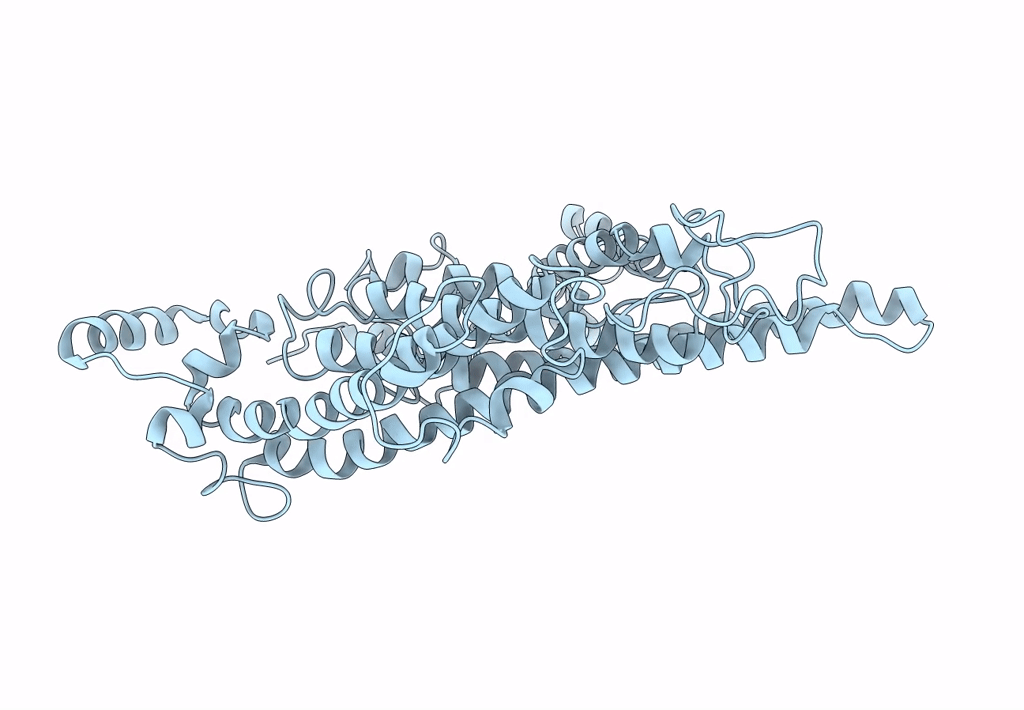
Deposition Date
2016-02-05
Release Date
2016-03-09
Last Version Date
2024-03-06
Entry Detail
PDB ID:
5I1M
Keywords:
Title:
Yeast V-ATPase average of densities, a subunit segment
Biological Source:
Source Organism:
Saccharomyces cerevisiae (Taxon ID: 4932)
Method Details:
Experimental Method:
Resolution:
7.00 Å
Aggregation State:
PARTICLE
Reconstruction Method:
SINGLE PARTICLE


